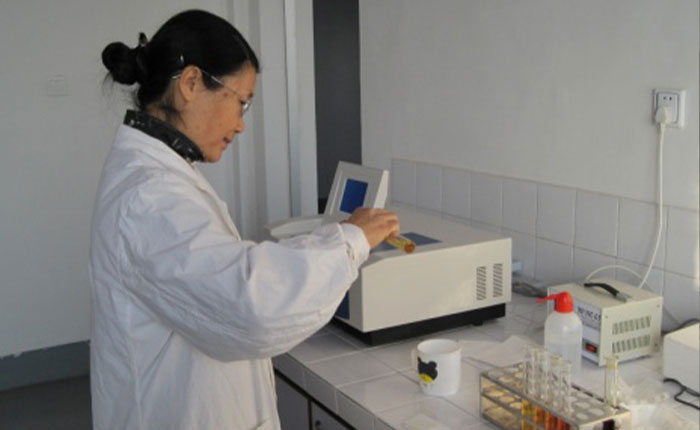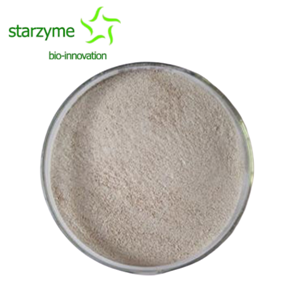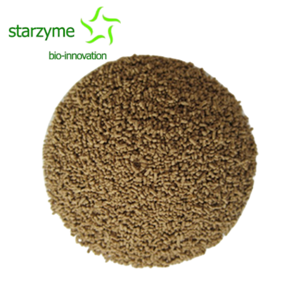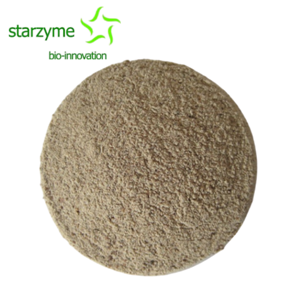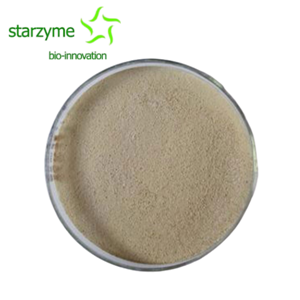What is the method of alkaline protease activity detection?
What is the method of alkaline protease activity detection?
Enzyme activity refers to the ability of an enzyme to catalyze certain chemical reactions. The size of enzyme activity can be expressed by the speed of a certain chemical reaction it catalyzes under corresponding conditions. Measuring the activity of Liaoning alkaline protease enzyme is actually measuring the speed of the chemical reaction catalyzed by the enzyme. The speed of the enzymatic reaction can be expressed by the decrease of the reaction substrate or the increase of the product per unit time. For the sake of sensitivity, the amount of product produced per unit time is usually measured. Since the speed of the enzymatic reaction can gradually decrease its increase value over time, in order to correctly measure the enzyme activity, the initial speed of the enzymatic reaction must be determined.
Principle of Alkaline Protease Activity Determination Principle of Folin Method
Alkaline protease can catalyze the hydrolysis of casein to tyrosine under alkaline conditions. Tyrosine is an amino acid containing a phenolic hydroxyl group and can react with Folin (a mixture of phosphotungstic acid and phosphomolybdic acid). (Folin phenol reaction: Folin reagent is extremely unstable under alkaline conditions, and it is easy to be quantitatively reduced by phenolic compounds to produce a mixture of tungsten blue and molybdenum blue, showing a different shade of blue.) Using colorimetry That is, the amount of tyrosine produced can be determined, and the amount of tyrosine produced by the hydrolysis of casein by Liaoning alkaline protease in a unit time is used to express the enzyme activity, thereby calculating the enzyme activity.
Experimental procedure for determination of alkaline protease activity
Enzyme solution preparation: accurately weigh 1g (±0.001) of dry enzyme powder, add 10mL of buffer solution (2.2.5), dissolve in a small beaker, and stir with a glass rod. After standing for a while, carefully pour the upper layer solution into a volumetric flask In the middle, add a small amount of buffer solution to the sediment part, stir and dissolve 4 times in this way, and finally transfer all to a 100mL volumetric flask. Make up to the mark with buffer solution, shake well, and filter with four layers of gauze. Draw 5mL of the filtrate, transfer it to a 100mL volumetric flask, dilute to the mark with distilled water, and dilute the enzyme liquid with a 2000-fold level.
Definition of alkaline protease activity
Definition of alkaline protease activity unit: 1 gram of alkaline protease powder can produce 1 microgram of tyrosine per minute under the conditions of pH10 and 40°C, which is regarded as an enzyme activity unit.
Precautions for determination of alkaline protease activity
1. The temperature, pH and time of the enzyme reaction have a direct impact on the number of peptide bonds hydrolyzed, so it must be strictly controlled.
2. After terminating the reaction with trichloroacetic acid, the filtrate obtained by filtering the reaction mixture must be clear.
3. Because Folin reagent is sensitive to acidic environment and is prone to change, there is a stipulation in the order during the measurement. It is necessary to add sodium carbonate solution to form an alkaline environment, and then add Folin reagent to make it function normally.
The above is the related articles about alkaline protease that I have shared for you. If you want to know other related articles about alkaline protease, please feel free to contact us.
